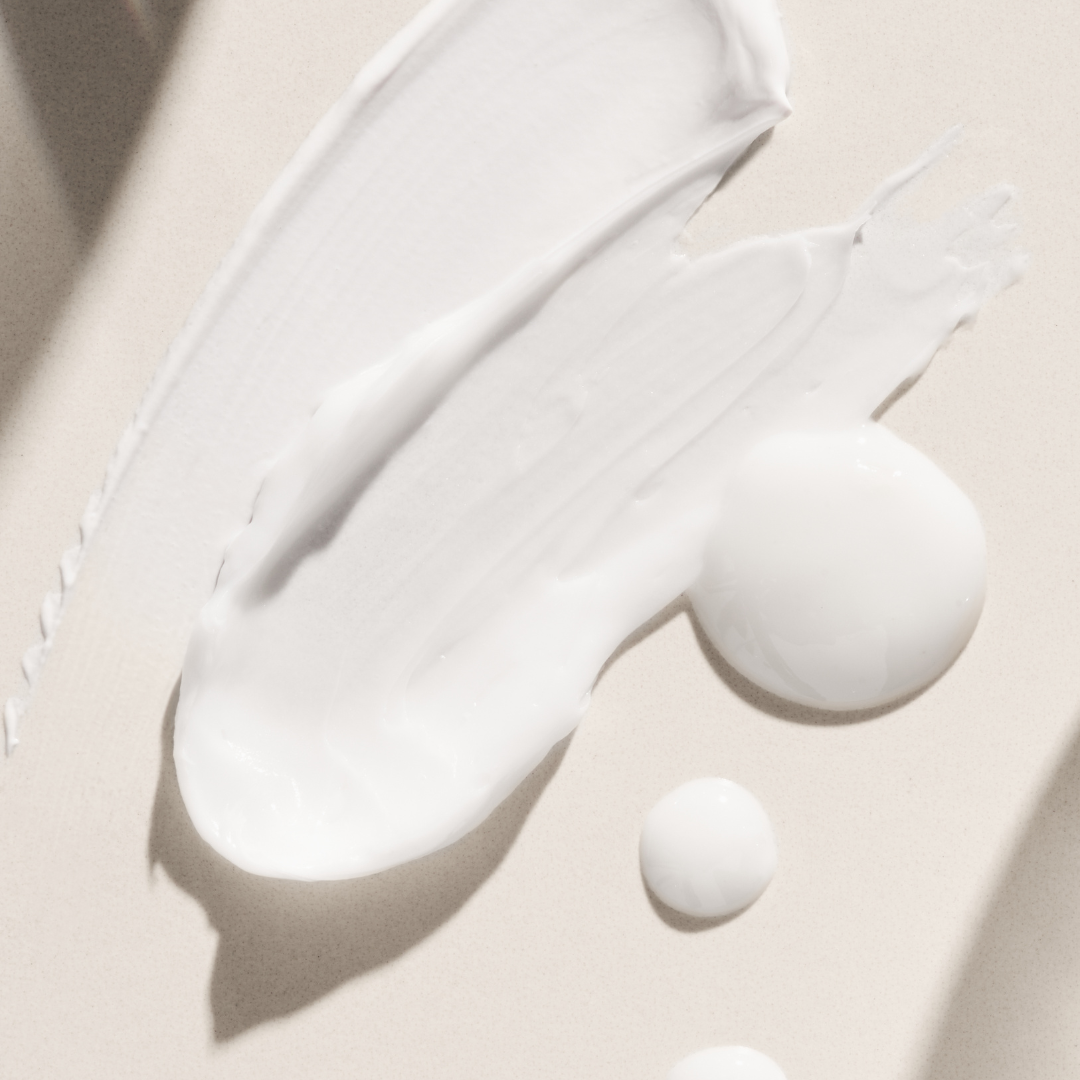We’ve all heard that applying sunscreen daily is one of the many ways to protect yourself from the sun’s harsh rays. But choosing sunscreen can be confusing, especially when looking at a long ingredient list. The sunscreen ingredient list on a product can tell you how your sunscreen is protecting you and what ultraviolet (UV) filters and active agents are used.¹

Zinc oxide is an ingredient in physical (mineral-based) sunscreen. Physical blockers used to leave white residue on the skin, but modern processing techniques have primarily extinguished that.² The benefit of physical blockers is that they don’t decompose through sun exposure, so they have a longer life on the skin. They also work immediately, unlike chemical sunscreens that need to be absorbed before they work effectively.³

While many sun-protection products claim to protect against both short and long-wave UV rays, Zinc Oxide is the most effective. While titanium dioxide provides excellent protection from short-wave UV rays, it falls short when it comes to blocking UVA effectively.⁴ Zinc oxide sunscreen is an excellent anti-inflammatory for those with sensitive skin.⁵ Daily Mineral Defense SPF 30 contains only mineral, reef-safe ingredients and is super hydrating for dry, sensitive skin.

The best way to protect yourself from sun damage is to stay in the shade and cover exposed skin with clothing. If the skin is exposed, zinc oxide sunscreen can provide a natural and beneficial alternative to chemical sunscreens, which offer only limited protection from dangerous UV rays.⁶

If you have sensitive or oily skin, look for a zinc oxide-based sunscreen. Not only will zinc-oxide protect you against harmful UV rays, but it will also soothe your skin and act as an anti-inflammatory agent. Most importantly, its non-comedogenic property won’t block your pores or cause irritation.⁷

Sources:
1-Paul SP. Ensuring the Safety of Sunscreens, and Their Efficacy in Preventing Skin Cancers: Challenges and Controversies for Clinicians, Formulators, and Regulators. Front Med (Lausanne). 2019 Sep 4;6:195. doi: 10.3389/fmed.2019.00195. PMID: 31552252; PMCID: PMC6736991.
2-Kołodziejczak-Radzimska A, Jesionowski T. Zinc Oxide-From Synthesis to Application: A Review. Materials (Basel). 2014 Apr 9;7(4):2833-2881. doi: 10.3390/ma7042833. PMID: 28788596; PMCID: PMC5453364.
3-Center for Devices and Radiological Health. “Ultraviolet (UV) Radiation.” U.S. Food and Drug Administration, FDA, https://www.fda.gov/radiation-emitting-products/tanning/ultraviolet-uv-radiation#:~:text=UVA%20rays%20have%20the%20longest,a%20small%20amount%20of%20UVB.
4-Skocaj M, Filipic M, Petkovic J, Novak S. Titanium dioxide in our everyday life; is it safe? Radiol Oncol. 2011 Dec;45(4):227-47. doi: 10.2478/v10019-011-0037-0. Epub 2011 Nov 16. PMID: 22933961; PMCID: PMC3423755.
5-Balduit A, Mangogna A, Agostinis C, Zito G, Romano F, Ricci G, Bulla R. Zinc Oxide Exerts Anti-Inflammatory Properties on Human Placental Cells. Nutrients. 2020 Jun 18;12(6):1822. doi: 10.3390/nu12061822. PMID: 32570911; PMCID: PMC7353449.
6-Suh S, Pham C, Smith J, Mesinkovska NA. The banned sunscreen ingredients and their impact on human health: a systematic review. Int J Dermatol. 2020 Sep;59(9):1033-1042. doi: 10.1111/ijd.14824. Epub 2020 Feb 28. PMID: 32108942; PMCID: PMC7648445.
7-Latha MS, Martis J, Shobha V, Sham Shinde R, Bangera S, Krishnankutty B, Bellary S, Varughese S, Rao P, Naveen Kumar BR. Sunscreening agents: a review. J Clin Aesthet Dermatol. 2013 Jan;6(1):16-26. PMID: 23320122; PMCID: PMC3543289.






